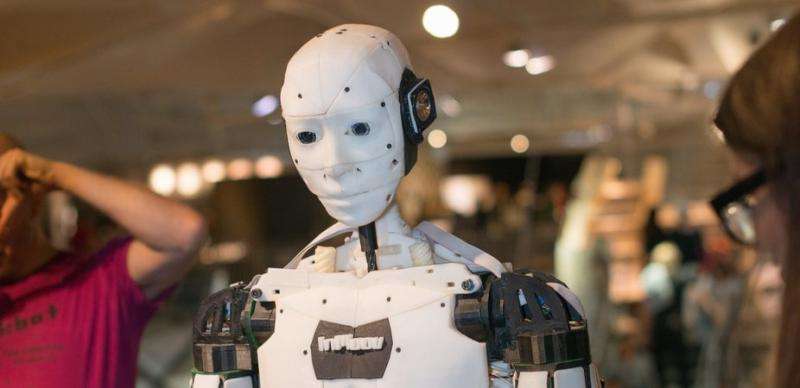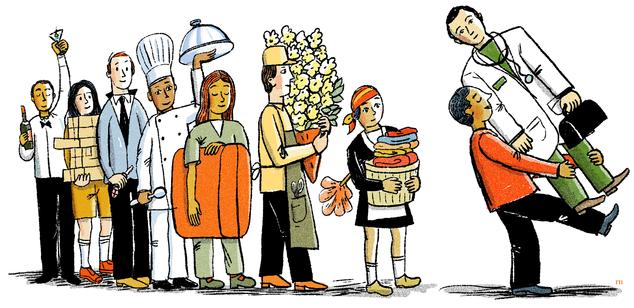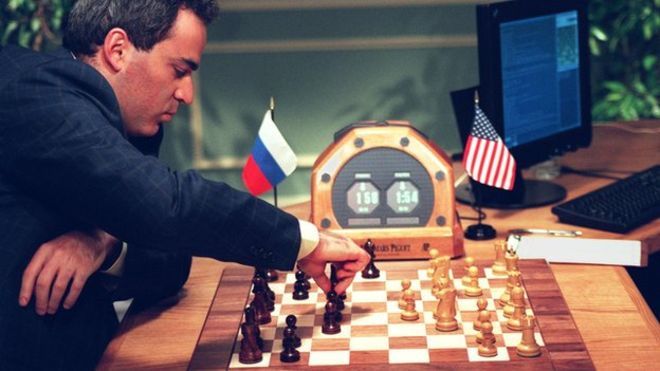“If robots are going to reduce how much we work, the humanities will help us fill time that we are not working in constructive ways. Wouldn’t that be great? If the 21st century became famous for an explosion in great works of art, paintings that changed the way we see the world, symphonies that make us weep, and plays that touch the soul? Robots might one day be able to help make such art, too.”‘ Read more






